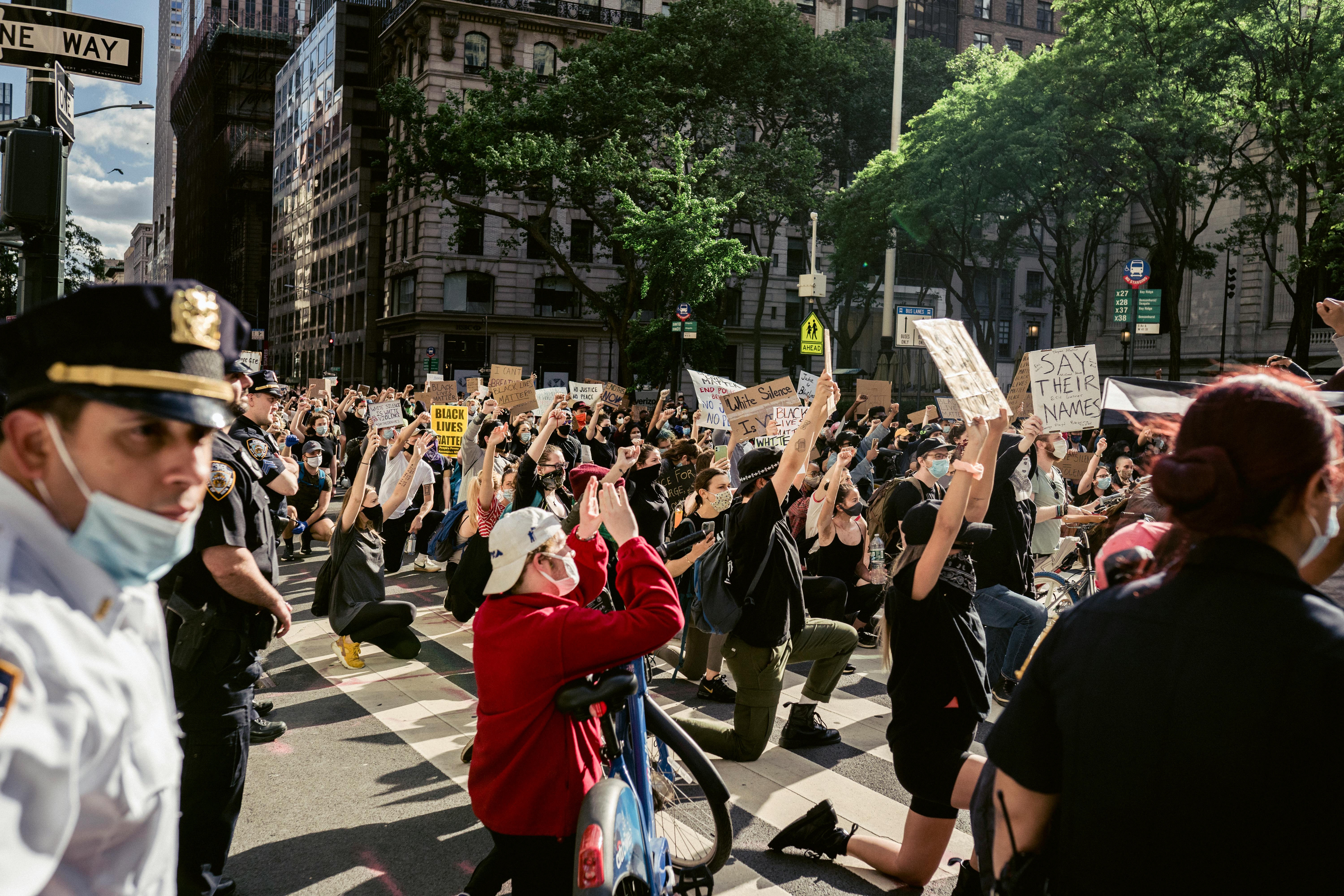
Choosing a Natural Hair Artist Brush
Painting is a very personal activity that exhibits the very essence of the artist and is connected to the painter’s desire to explore and share a connection with the viewer. Since every artist has their own personal style and preferences, it’s nearly impossible to categorize one type or brand of brush as the gold standard. Therefore, a wide selection of various varieties is available, giving artists a wide range of options.
One of the most common variations in brushes occurs with the type of fiber or bristles used to create the painting tool. For the serious artist, natural hair brushes are the most standard fiber choice. This selection is pursued to establish the integrity of the purist’s stroke and create the finest of details, or the most natural representation of his creation. Natural hair brushes come in various styles, each optimally used for a specific medium, such as watercolors, oils, or acrylics. The most common and popular type of natural fiber comes from sand. Sable (Martes zibellina) is a species of marten, a member of the weasel family. Of the natural sable hair brushes, the Kolinsky sable hair brush is one of the softest and is the prized standard of most professional artists. The Kolinsky brush gets its name from the origin of the bristles. The hair comes from the Kolinsky (Mustela sibrinca) which is a kind of weasel rather than a sable. Premium Kolinsky brushes are made primarily from male weasel hair. Most brushes have a mix of male and female weasel hair, but the higher the proportion of female hair, the lower the quality of the brush.
As with other art supplies, the more difficult or rare the materials, the higher the price they command, and the same goes for Kolinsky brushes. The Kolinsky sable brush is commonly used for watercolours, but lower quality Kolinsky sables are used for oils and acrylics.
Other natural hair brushes are created with everything from squirrel tail hair to hog hair, their use depending on the effect desired or the medium being used. For example, a squirrel hair brush can be used to work with watercolors and other light-bodied mediums. The hog-hair brush is very coarse and is used with oils and acrylics.
Finally, the synthetic brushes do a demo. These brushes are less expensive and offer a lower quality effect, but if you’re just starting out, this is the brush for you.